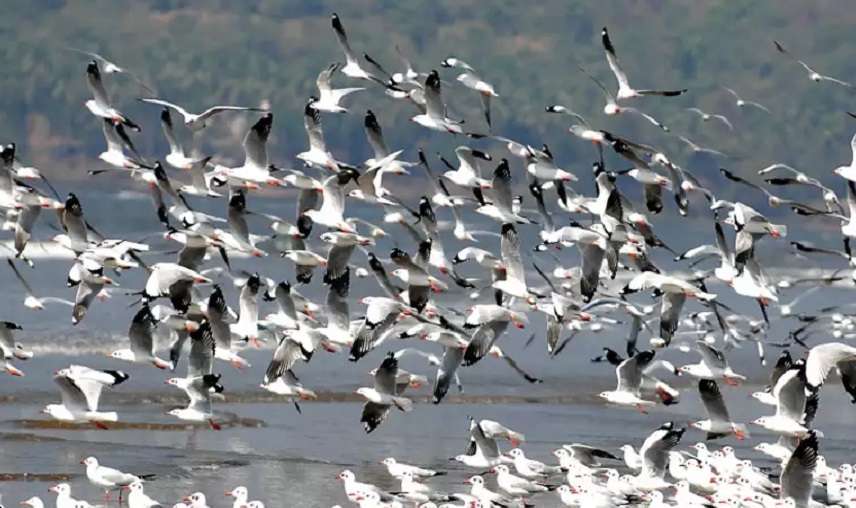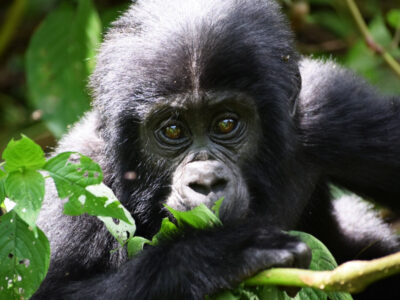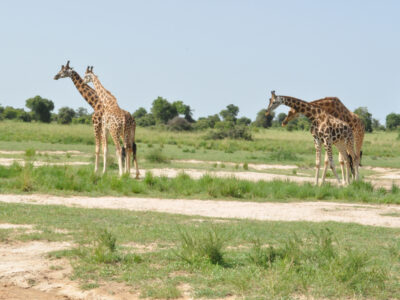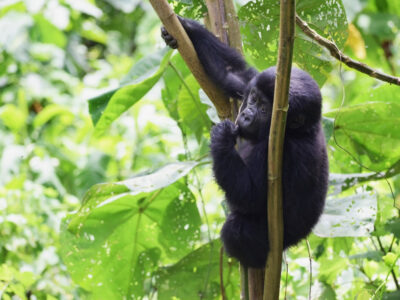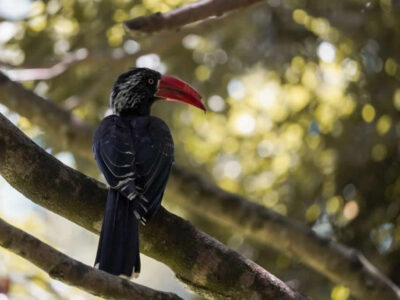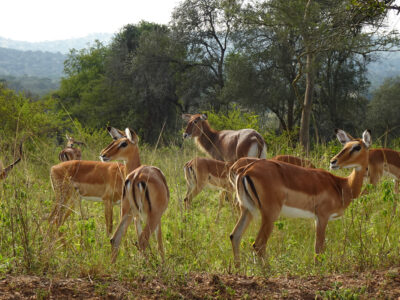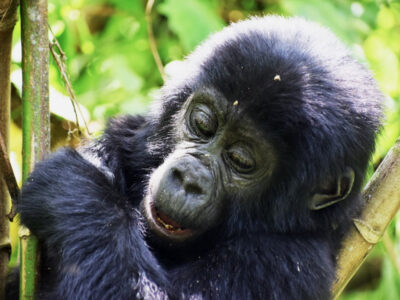The phenomenon of bird migration has fascinated people for ages. So much so that the Greek philosopher Aristotle, who lived in the 4th century BC, hypothesized that birds lie dormant in trees or under the sea and miraculously turned into new kinds of birds during the winter after observing how the species of birds surrounding him changed with the seasons. English scientist Charles Morton claimed in a manuscript from the 17th century that birds made a yearly journey to and from the moon.
These explanations of migration show the intense fascination humans have with these birds, who migrate hundreds of kilometers along flyways that cross continents in search of food, breeding, and resting areas
The African-Eurasian Flyway, which is located in Africa, is utilized by roughly two billion birds a year. In addition to pollination and pest management, migratory birds can provide economic benefits through bird watching and other environmental services. Birds are also effective early-warning indicators of the condition of the planet. Significant losses in bird populations signal impending dangers to people and wildlife in the present and in the future.
World Migratory Bird Day is observed twice a year in May and October to increase public awareness of this migratory bird. The emphasis of this year’s theme, “Water: Sustaining Bird Life,” is on how vital water is to the survival of these species.
Water and ecosystems, such as wetlands, are essential to the migrating, breeding, and resting of migratory birds.
Wetlands are important ecosystems even though they only make up around 6% of the planet’s land area and are home to 40% of all flora and fauna. In addition to providing vital ecosystem services like flood control and water regulation, wetlands also play a significant part in preventing climate change by absorbing large amounts of carbon. They also give assistance to the livelihoods of more than a billion people worldwide.
But wetlands are being extinct at a startling rate. Since the 1970s, it is thought that 35% of these crucial ecosystems have been lost from the planet, badly affecting many species, including birds. Wetlands are under threat from a number of sources, including climate change, agriculture, and development.
Therefore, it is essential to safeguard and restore these crucial locations for migratory birds. This can be accomplished in a number of ways, including through partnerships and collaborations. A good example of this is the $3 billion Regional Flyway Initiative (RFI) that BirdLife, the Asian Development Bank (ADB), and the East Asian Australasian Flyway Partnership Secretariat (EAAFP) launched in 2021 in the East Asian Australasian Flyway, which connects Siberia, Alaska, and New Zealand to Australia and Australia.
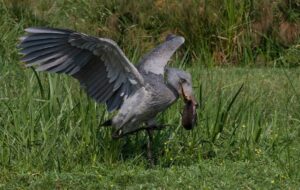
The effort aims to safeguard and restore more than 50 significant wetlands sites throughout the Flyway, which are vital locations for millions of migratory birds and provide livelihoods for millions of people through, among other things, fisheries and agriculture. These models are reproducible. These ideas are replicable across flyways and can benefit both people and the environment.
The greatest ecological settings and habitats for feeding, mating, and raising their young can be found by migratory birds over distances of hundreds or even thousands of kilometers. When breeding places experience unfavorable conditions, it is time to travel to areas with better weather.
One of the top birding locations in Africa is Uganda, where migrating birds like to land and nest. A variety of bird species, including endemics to Uganda, can be seen on birding safaris there during the migration season of these birds.
Climate and geography are attractive to migrating birds. This is seen in the wide range of bird species found in well-located national parks in Uganda. These birds travel often throughout the winter months across Asia and Europe in the Mediterranean Sea Flyway, primarily using the Nile basin.
Equally crucial is the requirement for coordinated action from numerous stakeholders, including local communities, policymakers, and decision-makers, to find and put into practice appropriate solutions to preserve these crucial habitats. Cross-border collaboration and coordination will be necessary for the conservation of migratory birds and wetlands.
Let’s redouble our efforts to save migratory birds and wetlands for future generations as we commemorate World Migratory Bird Day on May 13, 2023.

